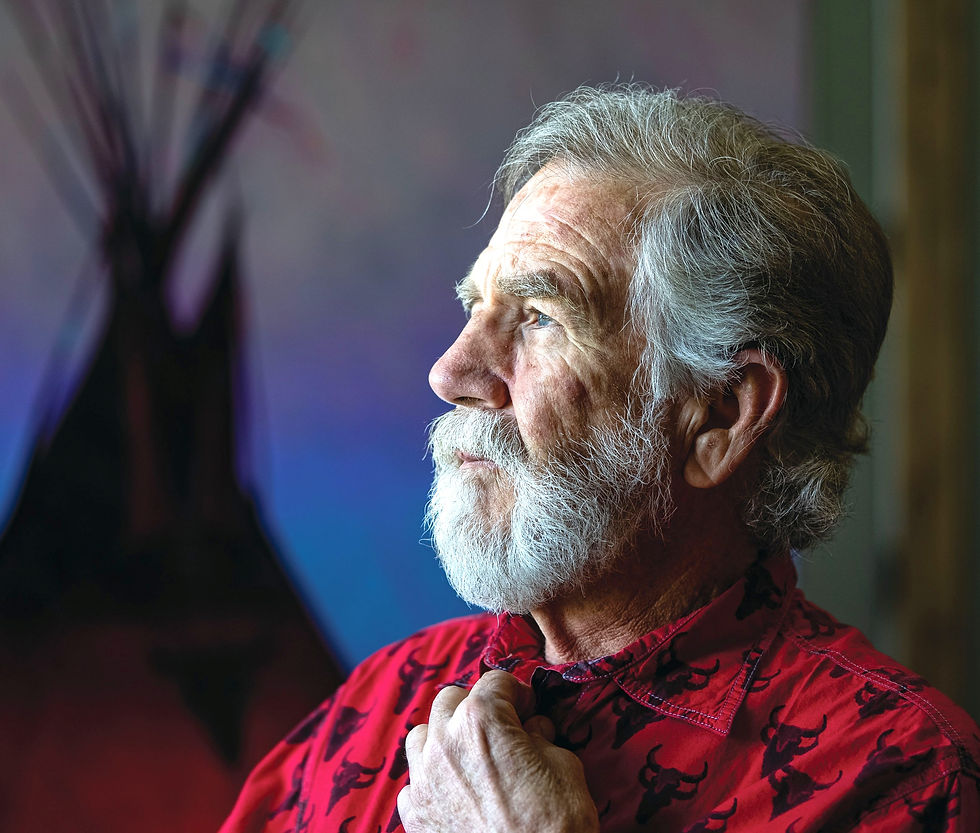Stories Are What We Need Most
- Shea Stanfield

- Apr 24, 2024
- 4 min read
"After nourishment, shelter, and companionship, stories are what we need most in the world." Philip Pullman. In 1942, in Gainesville, Florida, a boy who would become one of the most influential storytellers of our time started his journey in this life. At five years old, young Tom Gilleon was sent to live with their grandparents in Starke, Florida. Tom remembers, “Kerosene lamps lighted the home, and in the evenings while sitting at the table, my grandpa told stories and drew pictures of his childhood in Scotland. There were no picture books, so I thought, this is how every family spent their evenings." As a member of the Cherokee Nation, Tom's grandmother was vigilant in teaching her grandchildren self-reliance and resourcefulness. In this spirit, Tom made the white sand in their front yard his surface for drawings illustrated with a stick.
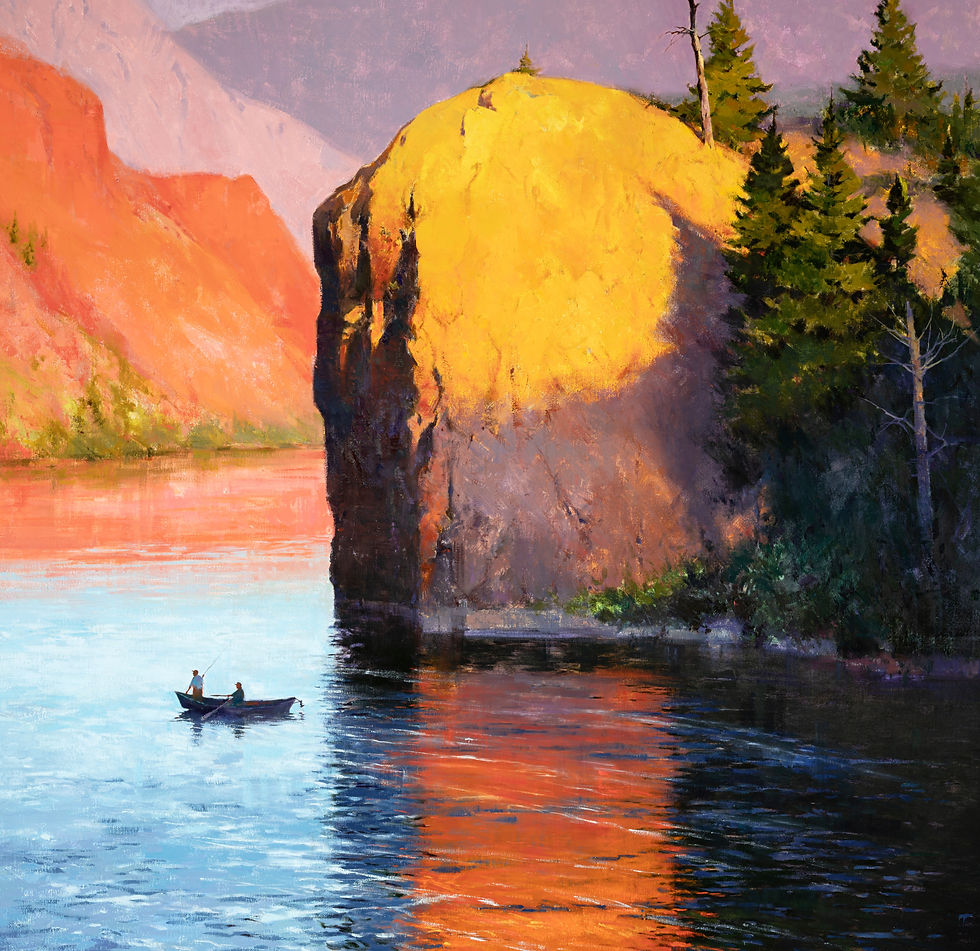
Drawing became a natural way of expression for Tom as he came up through his childhood. However, drawing wasn't Tom's only strong suit; he also learned to hunt, fish, gather editable plants, and throw a mean, fast stone down by the railroad tracks. Once the stone became a baseball, his speed and accuracy earned him a scholarship to the University of Florida. Unfortunately, the scholarship also put him on the track for an architecture degree, which Tom could not see in his future. As a result, he left college and joined the Navy. During his service, Tom attended the Electronics Radio School in Bainbridge, Maryland, was chosen to march in John F. Kennedy's inaugural parade, and served on the USS Rankin attack cargo ship during the Cuban missile blockade. By 1964, Tom was back in civilian life and married Shirley Ingham.
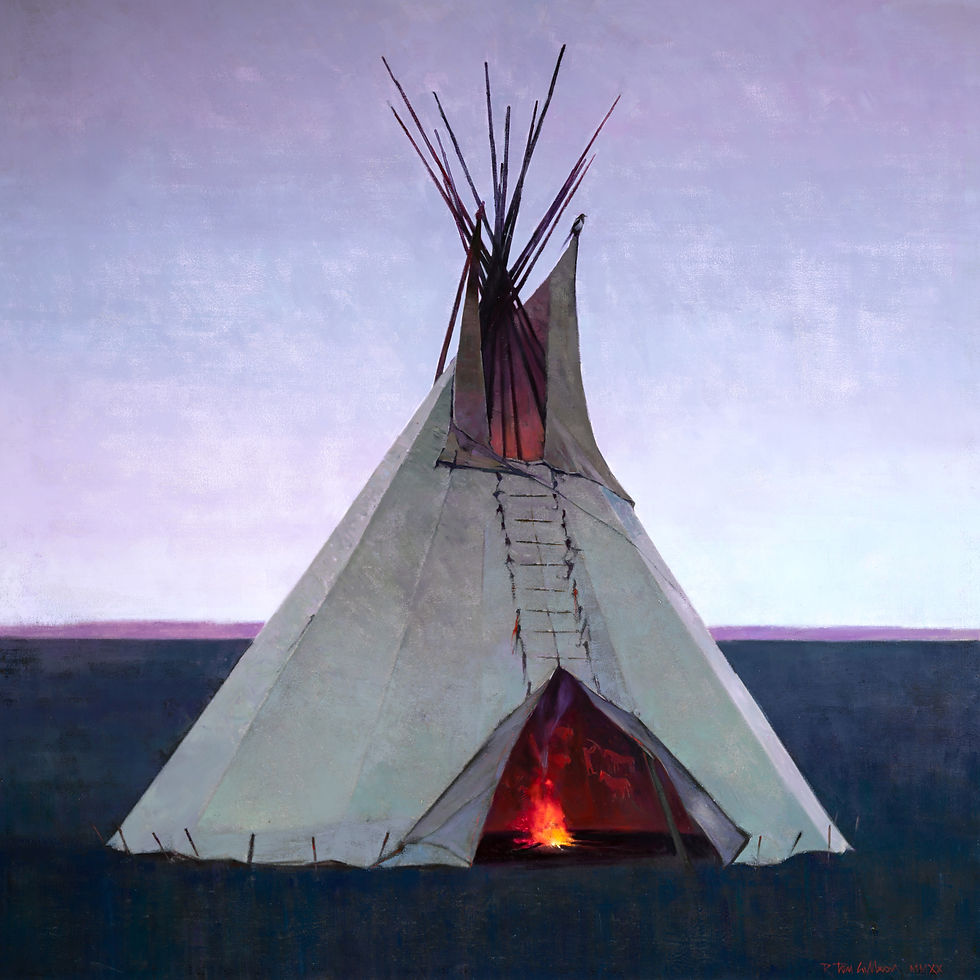
The G.I. Bill enabled Tom to enroll in the Art Students Guild of Brevard College. Nontraditional Tom Gillion decided to focus only on studio art classes with instructors he felt could develop his talents the quickest. Tom modeled for drawing classes and illustrated for freelance business clients to supplement his school expenses. Eventually, Tom landed a job with PanAm as a communications specialist; however, when the company discovered his artistic talents, he was quickly reassigned to the Art Department to illustrate NASA's Saturn and Apollo space programs. In 1969, Tom moved his young family to New York, where he worked with a computer startup, Mohawk Data Sciences.
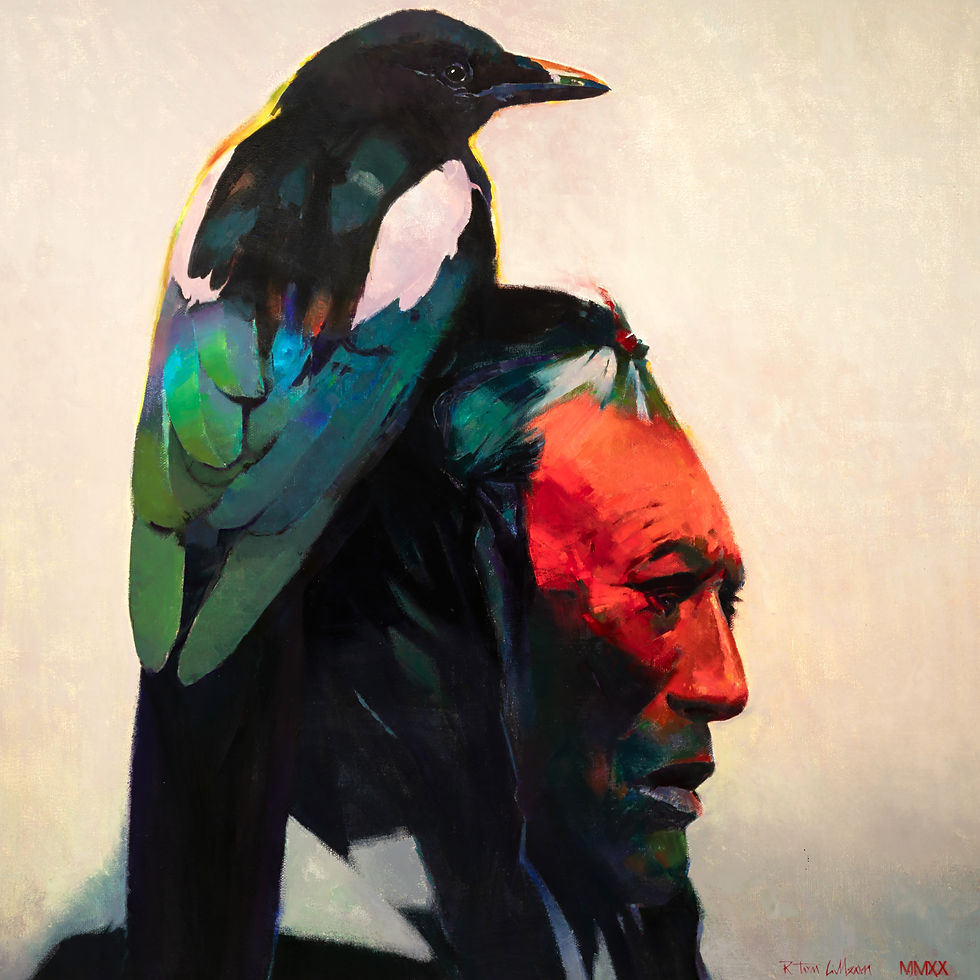
By the early 1970s, Tom realized he could earn more as a freelance artist than working in a startup company, so once again, the family moved back to Florida's booming economy to focus on expanding his growing design and illustration business. The move paid off; Walt Disney World executives sat up and took notice. Tom found himself hired to conceptualize designs for the EPCOT Center in Orlando. The position earned Tom a reputation within the Disney organization, which led to an offer to move to California to work with the Walt Disney Imagineering team. The job entailed developing conceptual illustrations for Disneyland theme parks in Paris, Shanghai, Tokyo, and Hong Kong. Tom was now on the front edge of world storytelling, collaborating with storytelling greats such as Herb Ryman, Dorothea Redmond, and Joh Hench, all masters in story illustrations.
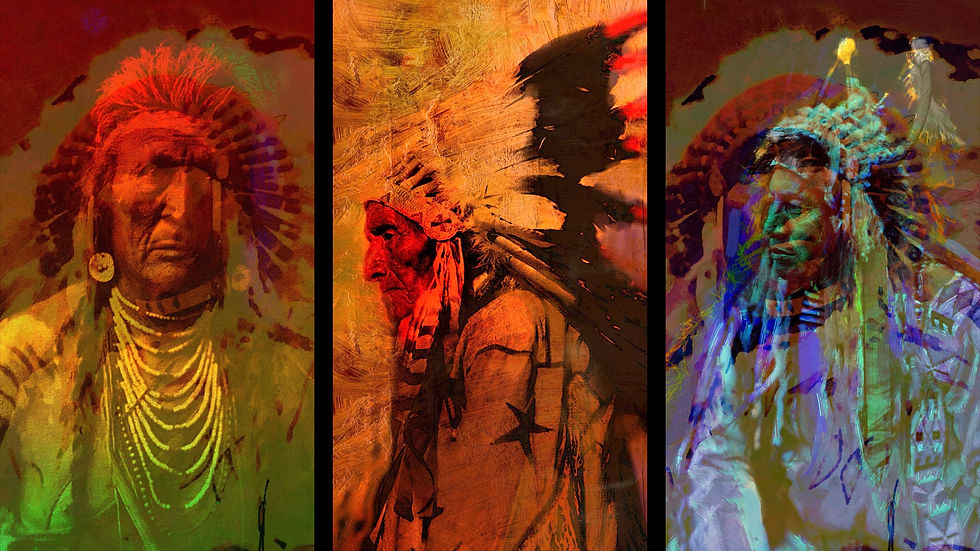
As if his life story could not improve, Tom Gilleon and his second wife, Laurie Stevens, a Disney fine art painter and muralist, attended an outdoor painting workshop in Montana. According to Tom, “The place is of another world, with expansive landscapes, raging rivers, and majestic mountain peaks. Laurie and I fell in love with the Big Sky Country and purchased a small ranch in Augusta, Montana.” By this time, technology was catching up with their lifestyle, and they arranged to work remotely with Disney while settling into their new home in Montana. Tom says, "It's a subtle nod to my grandmother, who had insisted on self-sufficiency and a humble life." As time passed and Tom eased into a fine arts career with his paintings, he and Laurie eventually opened Latigo & Lace Gallery in Augusta, sold their small ranch, and moved onto a 2,000-acre ranch in Cascade, Montana. The ranch has a vibrant history in the journals of the Lewis and Clark Expedition of 1805 and hosted artist Charlie Russell many times over the years while boarding his horse in the barn where Tom now keeps his steed.
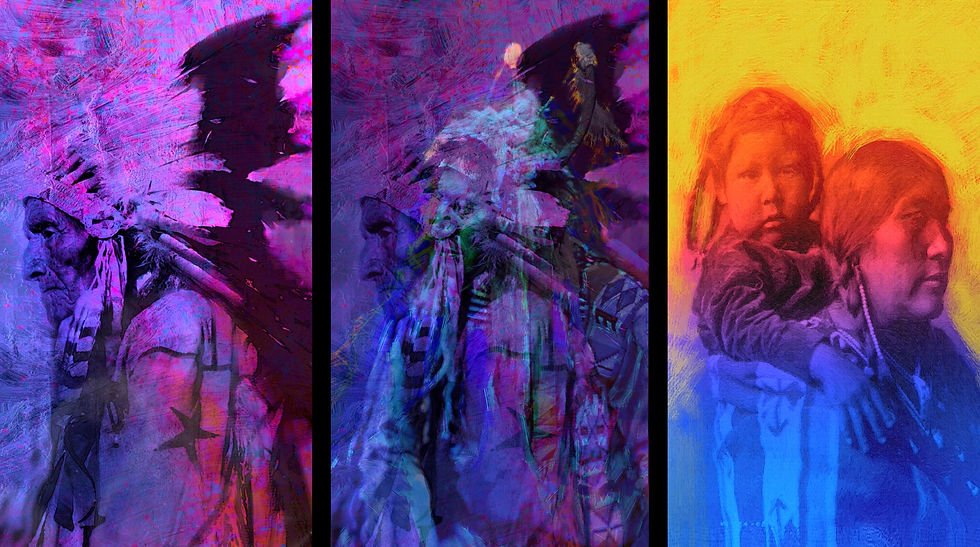
Altamira Gallery in Jackson Hole, Wyoming, began exhibiting Tom's work for sale in the 2000s. His work quickly attracted attention, resulting in Tom being named the Feature Artist of the 2009 Jackson Hole Fall Arts Festival, and by 2010, his work went on exhibit in the National Cowboy & Western Heritage Museum; now, he was turning the heads of Western Art collectors such as Tim Peterson. The Booth Western Art Museum in Cartersville, Georgia, honored Tome with his first major solo exhibit of 40 paintings in "The Iconic West of R. Tom Gilleon” in 2012. The museum produced a show catalog featuring five essays, one of which was a tribute written by Ernest Hemingway's only living son, Patrick, an avid collector of Tom's work.
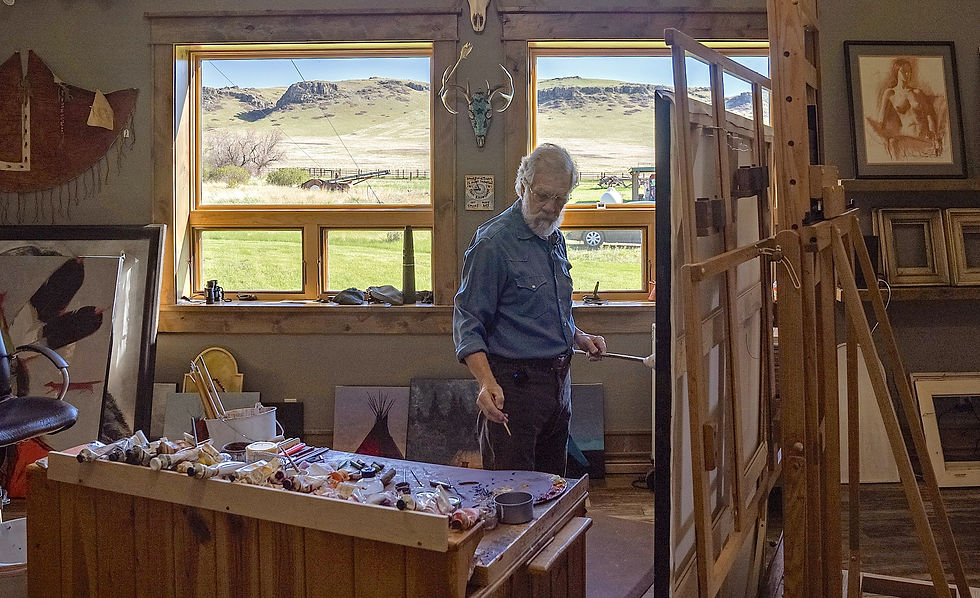
Today, Tom Gilleon also works in the digital age with his long-time friend and collaborator Marshall Monroe of 3M Design Studios in Corrales, New Mexico. As concept designer, Marshall composites and sequences Tom’s computer-generated paintings and arranges them much like a composer of musical phrases, transitioning them on screen with tempo, rhythm, tension, release, and story, into a wondrous new language and experience of artistic beauty. Tom Gilleon’s work continues to gain momentum today as one of the foremost painters of the American West. He is recognized as a modern-day link between the great American artists of the late 19th century and today’s Contemporary Art movement. Tom Gilleon’s work is in top museum collections across the country: Whitney Western Art Museum, Briscoe Western Art Museum, C. M. Russel Museum, Both Museum of Western Art, National Cowboy & Western Heritage Museum, Denver Museum of Art, the Chicago Museum of Science and Industry, NASA, United States Air Force, The Walt Disney Company, Universal, Warner Bros. Studios.
Email: richard@kingarts.co
Website: www.tomgilleon.art
